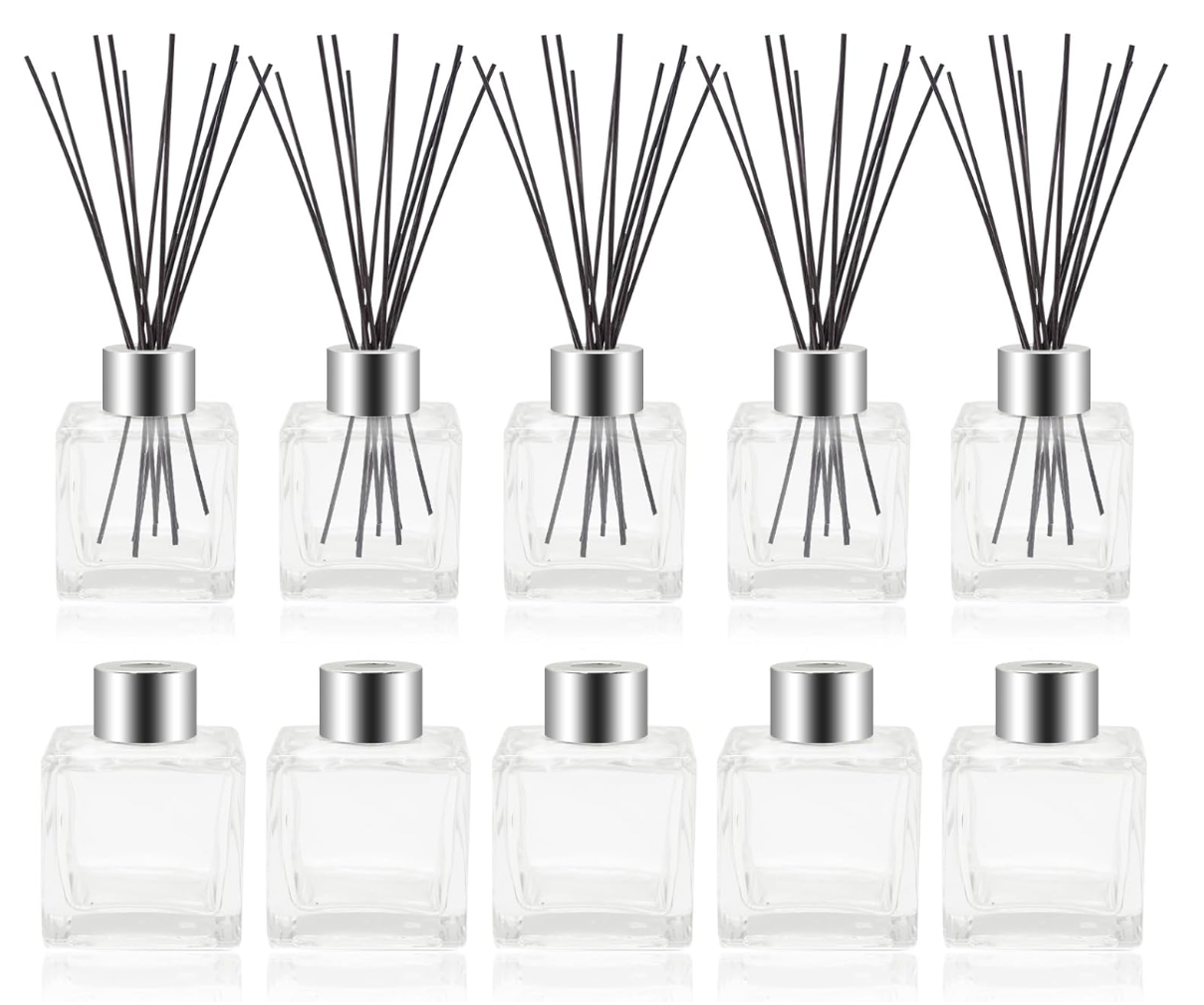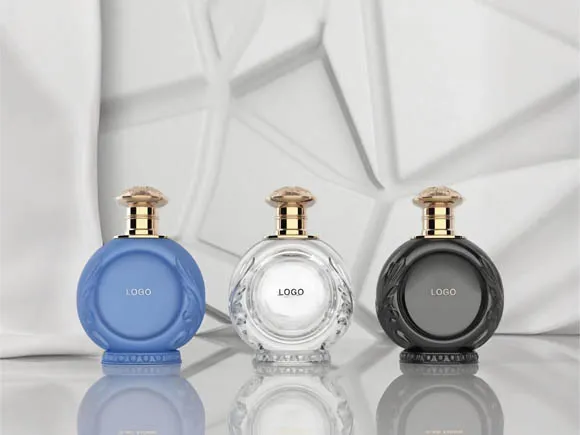Perfume packagingis more than just a vessel for fragrance; it is a powerful tool for branding, protection, and customer experience. As the perfume market grows increasingly competitive and sustainability becomes a top priority, brands must carefully consider every aspect of their packaging—from materials and shapes to decoration and eco-friendly solutions. This comprehensive guide explores the full spectrum of perfume packaging options in 2025, offering insights for brands, designers, and buyers. We also highlight leading packaging suppliers, including PauPacking (www.paupacking.com), renowned for innovation in sustainable and customizable perfume packaging.
Table: Key Perfume Packaging Options and Features [2025]
| Option/Feature | Description | Best For | Customization Potential | Eco-Friendliness | Typical Materials |
|---|---|---|---|---|---|
| Glass Bottles | Classic, durable, preserves fragrance integrity | Luxury, mass market | High | Recyclable | Soda-lime, borosilicate |
| Crystal Bottles | Premium, high-clarity, often hand-crafted | High-end, collectors | High | Recyclable | Lead-free crystal |
| Plastic Bottles | Lightweight, shatter-resistant, affordable | Travel, budget | Medium | Varies | PET, acrylic |
| Metal Bottles | Modern, robust, offers unique tactile feel | Niche, travel | Medium | Recyclable | Aluminum, stainless steel |
| Rollerball Bottles | Portable, easy application, leak-proof | Purse/travel, samples | Low | Recyclable (glass) | Glass, plastic, metal |
| Atomizer/Spray Bottles | Even mist, user-friendly, preserves scent | Everyday use | Medium | Recyclable (glass/metal) | Glass, plastic, metal |
| Refillable Bottles | Sustainable, cost-effective, encourages reuse | Eco-conscious brands | High | Very High | Glass, metal, plastic |
| Decorative Caps | Enhances brand identity, tactile and visual appeal | Luxury, gifting | High | Varies | Wood, metal, resin |
| Outer Boxes & Cases | Brand storytelling, protection, shelf impact | All segments | Very High | Varies | Paper, cardboard, wood |
| Sustainable Solutions | Eco-materials, minimalism, biodegradable/recycled content | Green brands, luxury | High | Very High | Bamboo, recycled paper |
Introduction
The packaging of a perfume is the silent ambassador of its scent. In today’s market, packaging is as crucial as the fragrance itself, shaping the consumer’s first impression and influencing purchasing decisions. From the tactile sensation of a crystal bottle to the eco-friendly allure of bamboo packaging, every detail matters. This guide will walk you through the essential elements ofperfume packagingin 2025, including materials, shapes, sizes, decoration, sustainability, and supplier selection, with a special focus on industry leaders like PauPacking.
1. Glass Bottles: The Timeless Standard
Overview:
Glass remains the gold standard for perfume bottles due to its inertness, clarity, and premium feel. It preserves fragrance integrity, resists chemical interaction, and offers endless design possibilities—from minimalist cylinders to sculptural masterpieces.
Key Types:
-
Soda-lime glass:Most common, cost-effective, and highly customizable.
-
Borosilicate glass:Superior resistance to thermal shock and breakage, often used for niche or eco-focused brands.
Shapes & Sizes:
-
Classic round, square, oval, and teardrop shapes.
-
Miniatures (5–15ml) for travel or sampling, standard (30–100ml) for retail.
Decoration:
-
Frosting, coloring, metallic finishes, engraving, and intricate embossing.
Advantages:
-
Recyclable, luxurious, and versatile.
Trends 2025:
-
Textured surfaces, gradient colors, and custom molds for brand distinction.
2. Crystal Bottles: Artistry and Prestige
Overview:
Crystal bottles, often hand-blown and polished, are synonymous with luxury and exclusivity. Their clarity and weight convey opulence, making them ideal for limited editions and collector’s items.
Features:
-
Lead-free for safety and environmental compliance.
-
Intricate faceting and sculptural designs.
Best For:
High-end perfumes, gift sets, and brand anniversaries.
Customization:
-
Deep engraving, gilded accents, gemstone inlays.
3. Plastic Bottles: Lightweight and Practical
Overview:
Plastic offers a lightweight, shatter-resistant alternative to glass, suitable for travel, sports, and budget lines. Advances in polymer science have improved clarity and tactile quality, with PET and acrylic being the most common choices.
Features:
-
Squeezable or rigid forms.
-
Available in transparent, opaque, or colored finishes.
Best For:
Travel sprays, gym bags, and children’s fragrances.
Sustainability:
-
Increasing use of recycled and bio-based plastics.
4. Metal Bottles: Modern Edge and Durability
Overview:
Aluminum and stainless steel bottles provide a sleek, modern look and superior durability. They are lightweight, corrosion-resistant, and ideal for on-the-go lifestyles.
Features:
-
Brushed, polished, or anodized finishes.
-
Often paired with minimalist branding.
Best For:
Niche brands, travel, and unisex or masculine scents.
5. Rollerball Bottles: Portability and Precision
Overview:
Rollerball bottles are favored for their compact size and precise application. They are leak-proof and perfect for sampling, travel, or on-the-go touch-ups.
Features:
-
Glass or plastic body with a stainless steel or plastic roller.
-
Available in 5–15ml sizes.
Best For:
Sample kits, purse sprays, and aromatherapy blends.
6. Atomizer/Spray Bottles: User Experience
Overview:
Atomizers deliver a fine, even mist, enhancing the user’s sensory experience. They are available in both glass and plastic, with customizable spray mechanisms and decorative collars.
Features:
-
Adjustable spray output.
-
Refillable options for sustainability.
Best For:
Mainstream retail, luxury, and promotional lines.
7. Refillable Bottles: The Sustainable Choice
Overview:
Refillable packaging is a major trend in 2025, reflecting consumer demand for sustainability and cost savings. Brands are offering elegant, durable bottles with refill cartridges or in-store refill programs.
Features:
-
Easy-to-open mechanisms.
-
Durable materials for repeated use.
Best For:
Eco-conscious brands, luxury, and DTC (direct-to-consumer) models.
8. Decorative Caps: The Finishing Touch
Overview:
Caps are more than functional—they’re a key element of brand identity. Materials range from wood and metal to resin and glass, with options for embossing, engraving, and custom shapes.
Features:
-
Magnetic closures for premium feel.
-
Sculptural or thematic designs.
Best For:
Luxury, limited editions, and gift sets.
9. Outer Boxes & Cases: Storytelling and Protection
Overview:
The outer box or case is the first thing consumers see. It protects the bottle, enhances shelf appeal, and tells the brand story through graphics, materials, and tactile finishes.
Materials:
-
Cardboard, rigid paperboard, wood, metal, leather, or bamboo.
Decoration:
-
Embossing, hot foil stamping, UV printing, die-cut windows, and magnetic closures.
Trends 2025:
-
Minimalist, eco-friendly boxes; reusable cases; interactive unboxing experiences.
10. Sustainable Solutions: The Future ofPerfume Packaging
Overview:
Sustainability is a defining theme in 2025. Brands are embracing recycled glass, biodegradable plastics, bamboo, and FSC-certified paper. Minimalist designs reduce waste and carbon footprint.
Features:
-
Recycled or upcycled materials.
-
Refillable systems and minimal packaging.
-
Water-based inks and compostable adhesives.
Best For:
Brands targeting Gen Z, Millennials, and eco-conscious consumers.
Branding and Customization
Importance:
Packaging is a canvas for brand identity. Custom shapes, colors, finishes, and labels allow brands to stand out and connect emotionally with consumers.
Customization Options:
-
Unique bottle molds and cap designs.
-
Custom labels with tactile finishes (embossing, debossing, foil).
-
Personalized engraving or printing for limited editions.
Printing Methods:
-
Silk screen, UV, digital, hot stamping, and laser engraving.
Labeling:
-
Fragrance name, notes, concentration, batch codes, and regulatory info.
Color and Finish
Role:
Color and finish evoke the fragrance’s mood and brand personality. Matte, glossy, frosted, metallic, and gradient effects are popular in 2025.
Trends:
-
Soft pastels for florals, bold colors for modern scents, metallics for luxury.
Perfume Packaging Sizes
Common Sizes:
-
Mini (5–15ml): Samples, travel, gifts.
-
Standard (30–100ml): Retail.
-
Large (100ml+): Collector’s editions, value packs.
Considerations:
-
Portability, shelf presence, and consumer habits.
Perfume Packaging Functionality
Key Functions:
-
Protects fragrance from light, air, and contamination.
-
Ensures leak-proof transport.
-
Facilitates easy, controlled application (spray, roll-on, splash).
Innovations:
-
Magnetic caps, anti-leak valves, child-safe closures.
Perfume Packaging for Different Markets
Luxury:
Crystal or heavy glass, intricate caps, premium boxes.
Mass Market:
Standard glass or plastic, simple branding, cost-effective boxes.
Niche/Indie:
Unique shapes, bold graphics, eco-friendly materials.
Travel/On-the-Go:
Plastic, metal, or mini glass; leak-proof, refillable.
Eco-Friendly Perfume Packaging
Materials:
-
Recycled glass and plastic.
-
Bamboo, cork, FSC-certified paper.
-
Water-based inks, compostable adhesives.
Design Strategies:
-
Minimalist packaging.
-
Refillable systems.
-
Reusable boxes or pouches.
Consumer Appeal:
Eco-packaging enhances brand loyalty and meets regulatory demands.
Leading Perfume Packaging Suppliers [2025]
Selecting the right supplier is critical for quality, innovation, and sustainability. Here are some of the top suppliers in 2025, including PauPacking:
| Supplier Name | Website | Main Products/Services | Strengths | Eco-Friendly Options |
|---|---|---|---|---|
| PauPacking | paupacking.com | Perfume bottles, caps, boxes, custom | Customization, eco-focus, B2B | Yes |
| SGD Pharma | sgd-pharma.com | Glass packaging, pharma, beauty | Global reach, innovation | Yes |
| Verescence | verescence.com | Luxury glass, decoration | High-end, sustainable glass | Yes |
| Gerresheimer | gerresheimer.com | Glass/plastic, pharma, beauty | Scale, technical expertise | Yes |
Spotlight: PauPacking – Sustainable & Custom Perfume Packaging
PauPacking (www.paupacking.com) is a leader in sustainable and customizableperfume packagingsolutions. With a focus on eco-friendly materials, advanced decoration, and B2B expertise, PauPacking supports brands from concept to delivery.
Key Offerings:
-
Glass and crystal bottles in custom shapes and finishes.
-
Eco-friendly caps (wood, bamboo, recycled resin).
-
Premium paper, bamboo, and rigid boxes.
-
Advanced printing: UV, silk screen, hot foil, embossing.
-
Refillable and minimal-waste packaging systems.
Why Choose PauPacking:
-
Strong commitment to sustainability and child-safe packaging2.
-
Flexible MOQs and rapid prototyping for startups and established brands.
-
End-to-end service: design, sampling, production, and logistics.
-
Proven track record with global fragrance brands.
How to Choose the Right Perfume Packaging
1. Define Your Brand Identity:
Match packaging style, materials, and finishes to your fragrance concept and target audience.
2. Prioritize Protection:
Select materials and closures that preserve scent and prevent leaks.
3. Embrace Sustainability:
Opt for recyclable, refillable, or biodegradable options to future-proof your brand.
4. Focus on User Experience:
Ensure packaging is easy to use, transport, and store.
5. Work with Reliable Suppliers:
Choose partners with a reputation for quality, innovation, and environmental responsibility.
Trends in Perfume Packaging 2025
-
Refillable and reusable packagingis mainstream, reducing waste and building customer loyalty.
-
Minimalist and transparent designshighlight the fragrance and support eco-credentials.
-
Interactive and sensory unboxingenhances the customer journey.
-
Smart packaging(QR codes, NFC chips) connects physical products to digital experiences.
-
Personalization—from engraved names to custom artwork—drives gifting and exclusivity.
Frequently Asked Questions (FAQs)
Q1: What is the best material for perfume bottles?
Glass is the preferred material for its inertness, clarity, and recyclability, but crystal, metal, and eco-plastics are also popular1.
Q2: How can I make my perfume packaging eco-friendly?
Choose recycled or biodegradable materials, offer refillable bottles, and minimize unnecessary packaging1.
Q3: What decoration options are available?
Frosting, coloring, metallic finishes, embossing, UV/silk screen printing, and custom caps are common1.
Q4: Can I order custom-shaped bottles?
Yes, suppliers like PauPacking and others offer full customization of bottle shapes, colors, and branding.
Q5: What is the typical MOQ for custom perfume packaging?
MOQs vary by supplier and complexity, but flexible options exist for both startups and established brands.
Conclusion
Perfume packagingin 2025 is a fusion of art, science, and sustainability. From timeless glass bottles to innovative refillable systems, the right packaging protects your fragrance, elevates your brand, and delights consumers. By understanding the latest materials, decoration techniques, and eco-friendly trends, you can create packaging that stands out on the shelf and resonates with modern values.
For brands seeking premium, sustainable, and fully customizable solutions, PauPacking (www.paupacking.com) is a trusted partner—combining cutting-edge technology, design expertise, and a deep commitment to environmental responsibility.



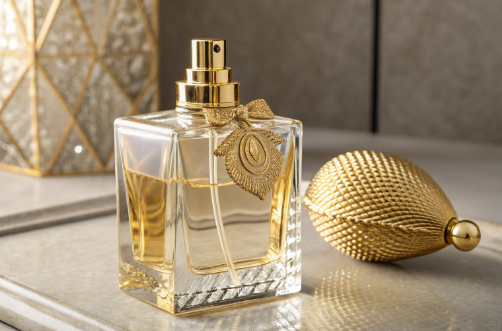
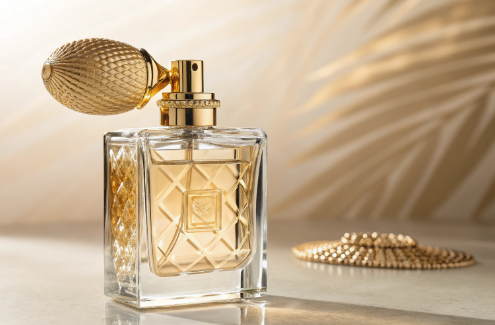

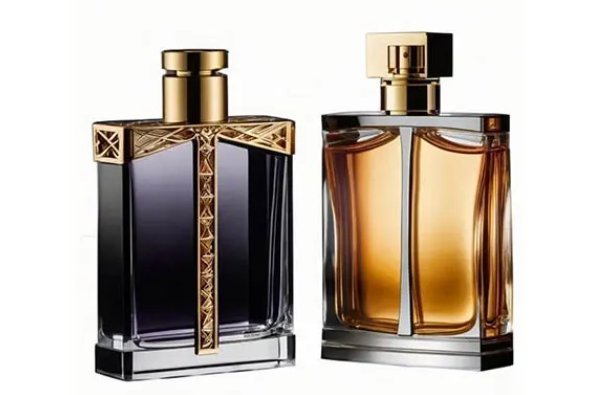
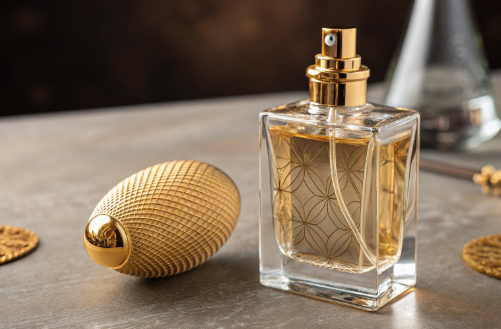
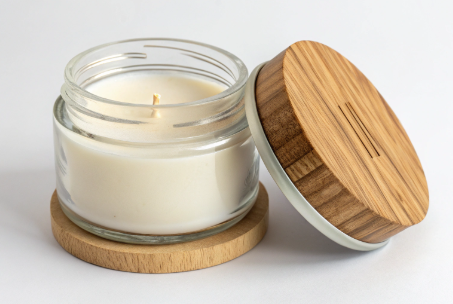

![How to Paint Glass Jars: 15 Unique Ideas [2025 Updated]](https://ptwebimg.pinshop.com/i/2025/06/04/r0g646-3.png)
